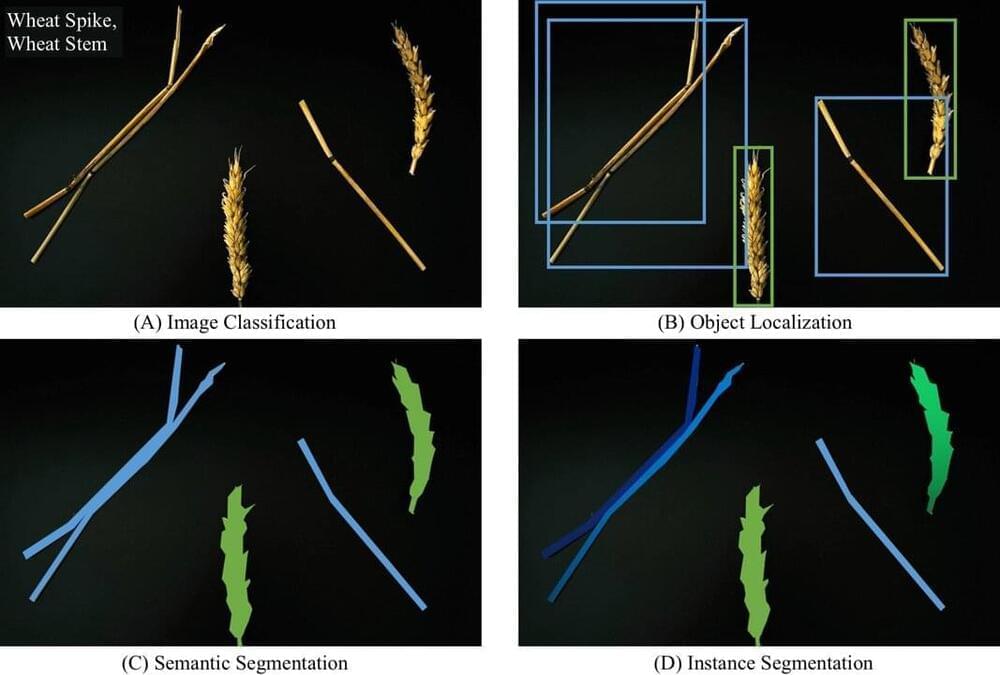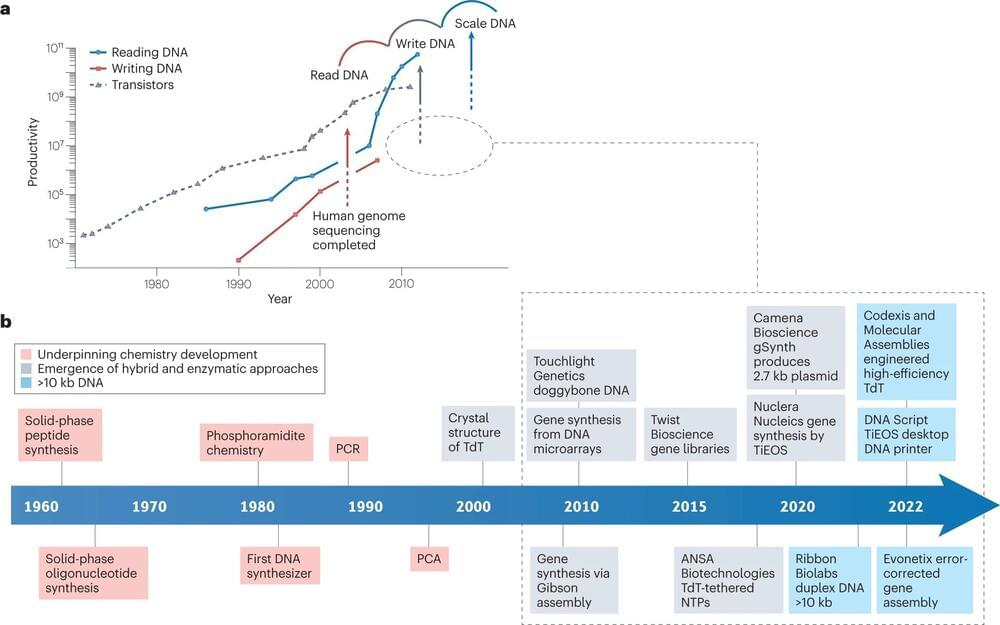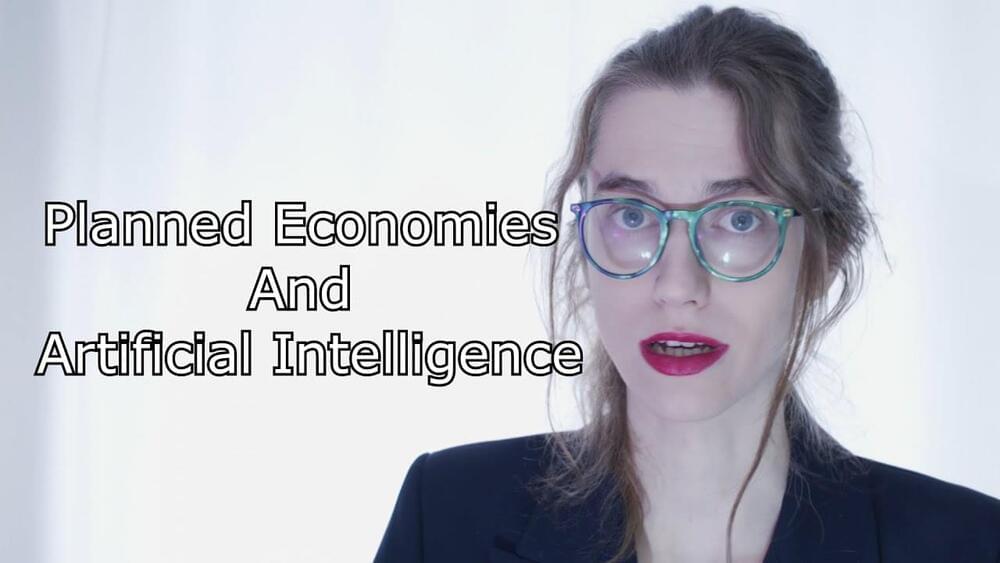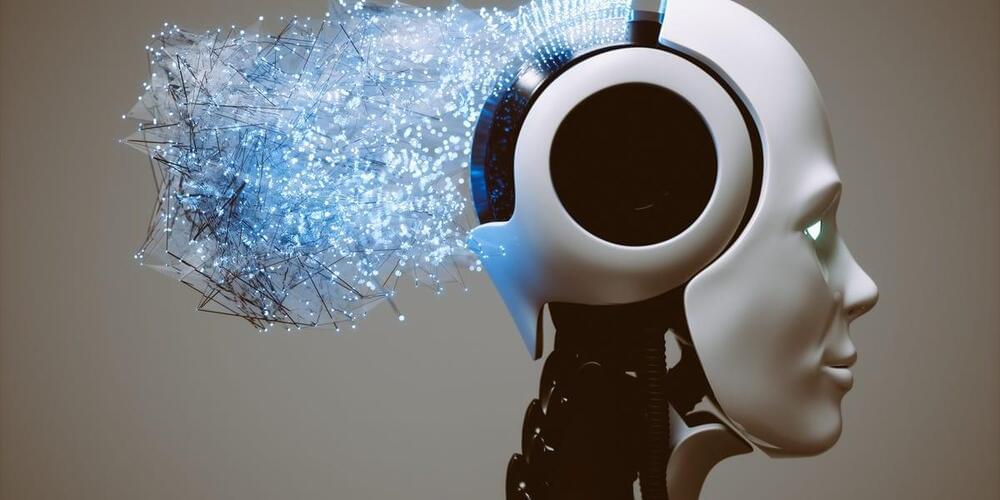Mar 21, 2023
Protecting Infrastructure
Posted by Quinn Sena in categories: chemistry, economics, life extension
Year 2022 Basically this mechanoluminescence material can bring illumination to the mysterious info of stress in infrastructure so there could eventually be an easier way to measure aging infrastructure.
Both in Japan and other developed countries, social infrastructure built during periods of rapid economic growth is rapidly aging, and accidents involving aging infrastructure are becoming more frequent. The useful life of infrastructure is considered to be about 50 years due to the deterioration of concrete, a key component. Concrete eventually cracks due to internal chemical reactions and external forces, and so-called “moving cracks” that are gradually progressing due to the constant application of force are particularly dangerous. However, finding such cracks is a difficult task that requires significant time and effort. That’s why Nao Terasaki, a team leader at the National Institute of Advanced Industrial Science and Technology (AIST), and his colleagues have developed a luminescent material that helps reveal dangerous cracks by making them glow.

















